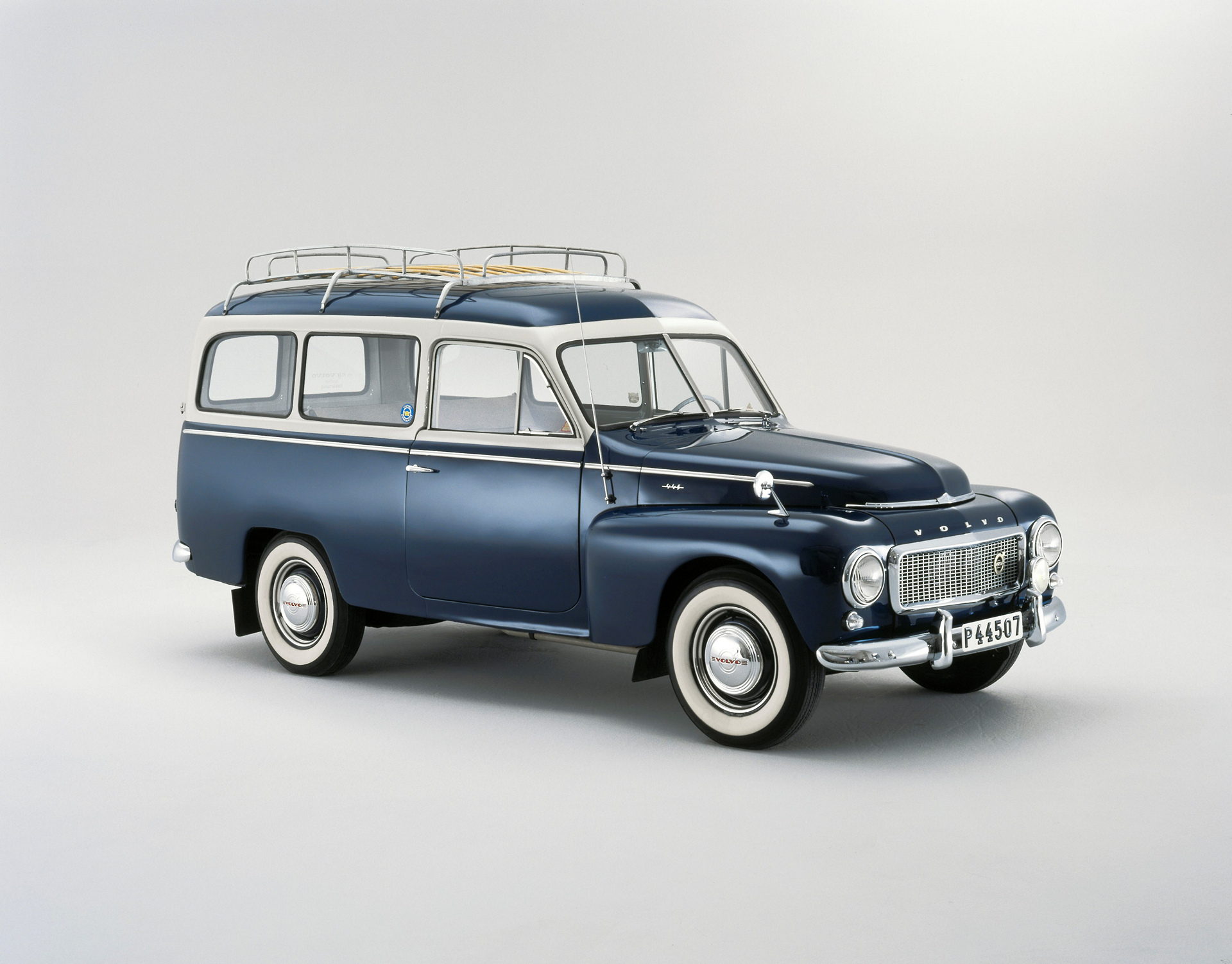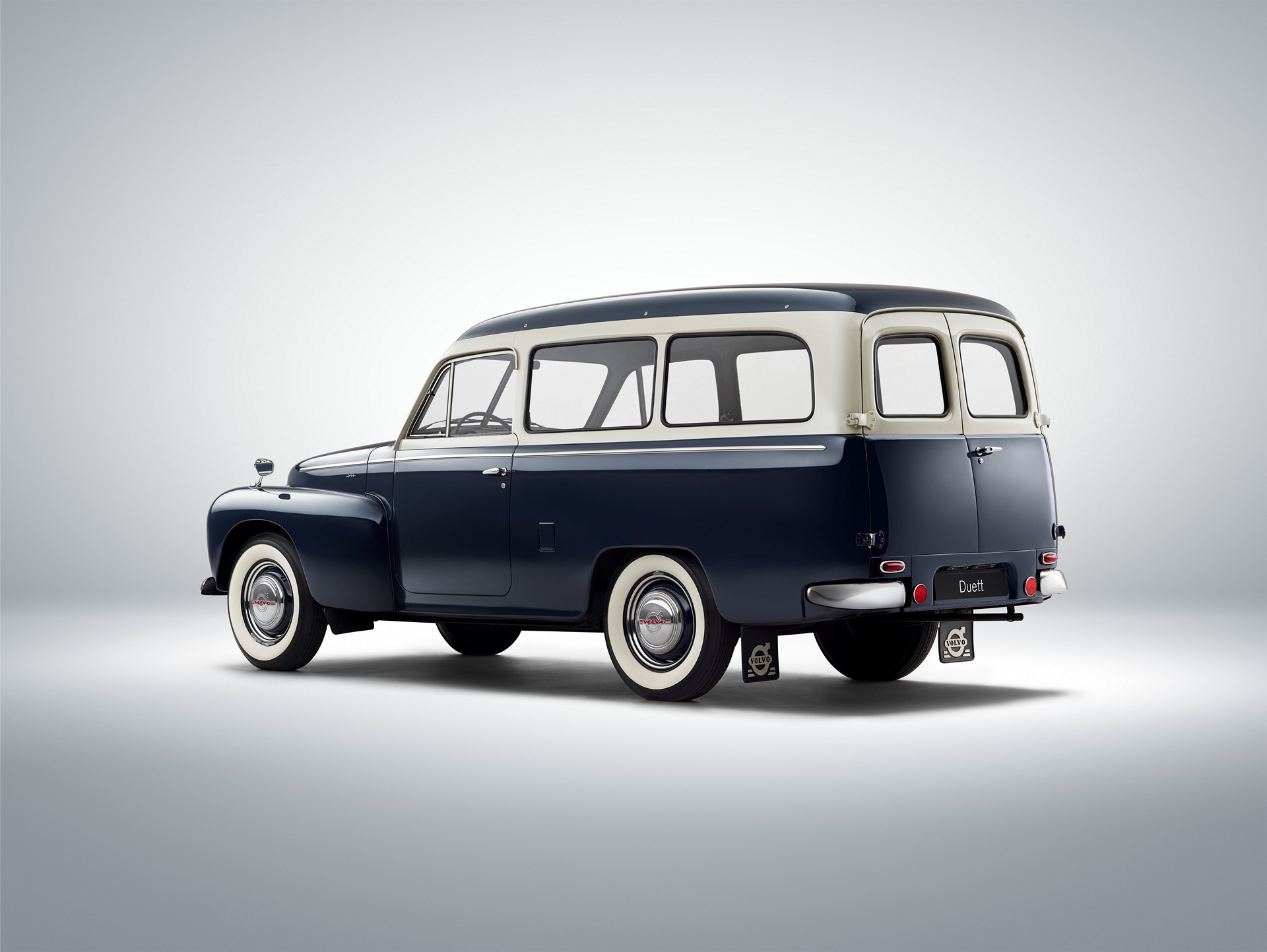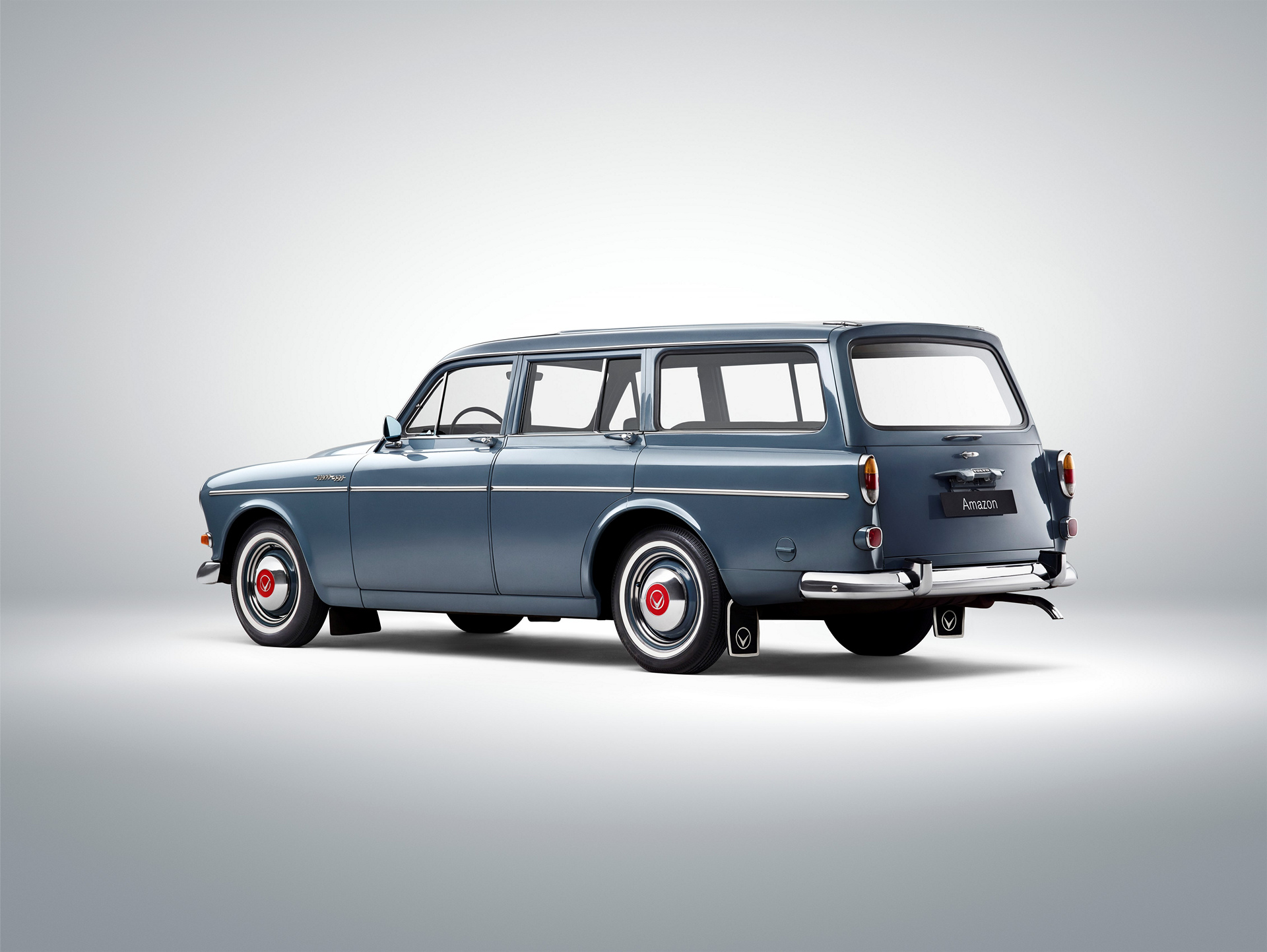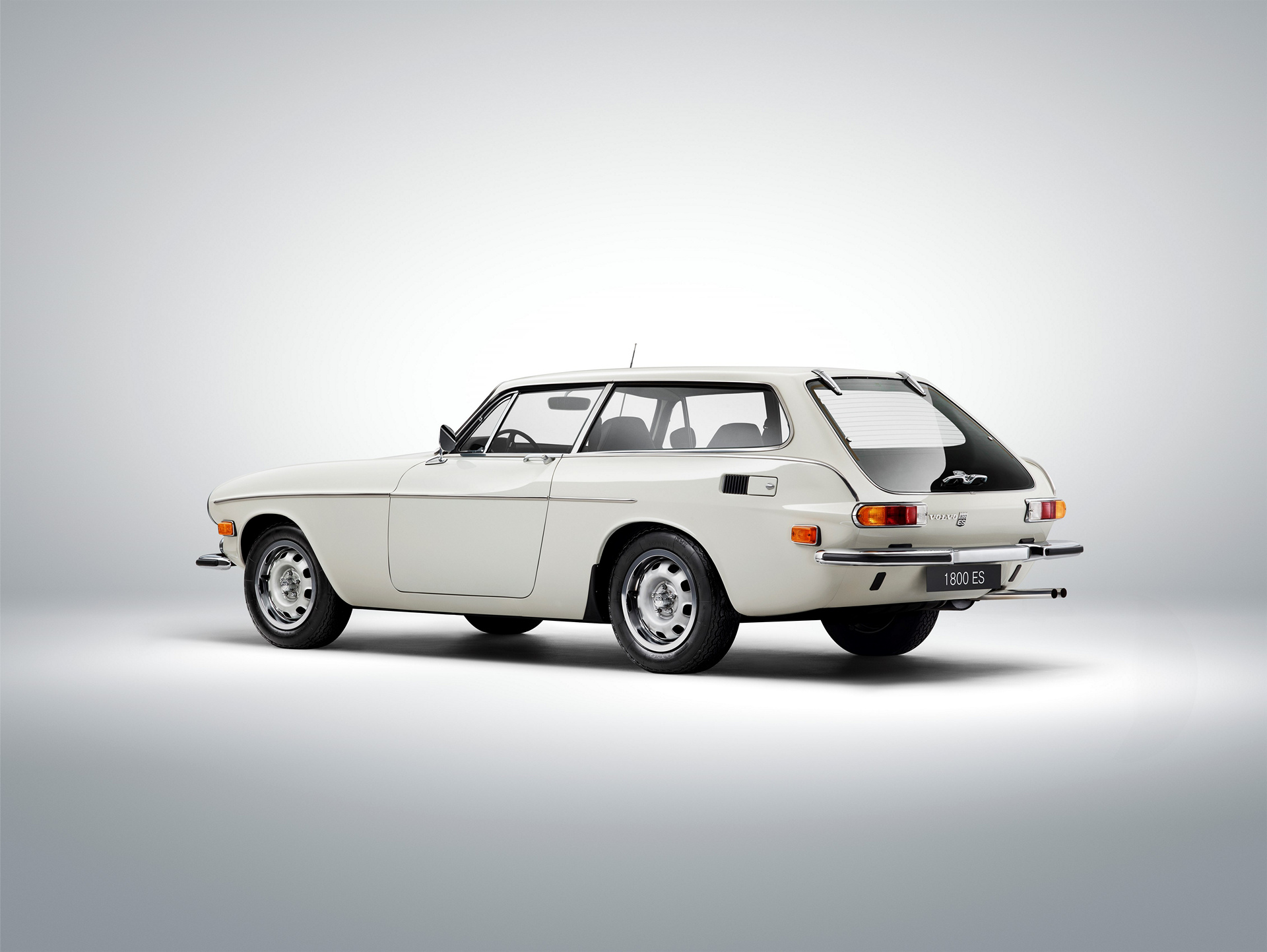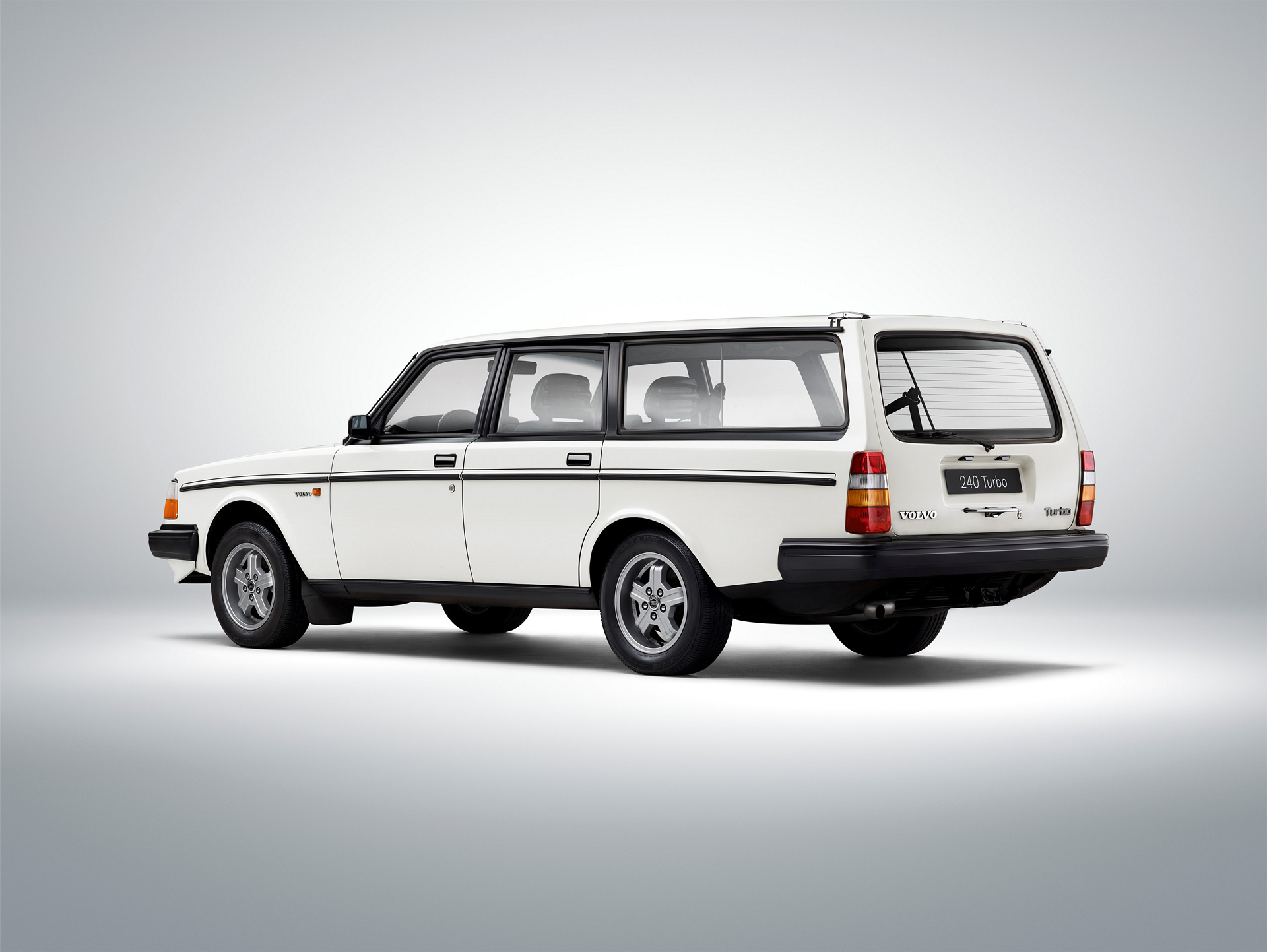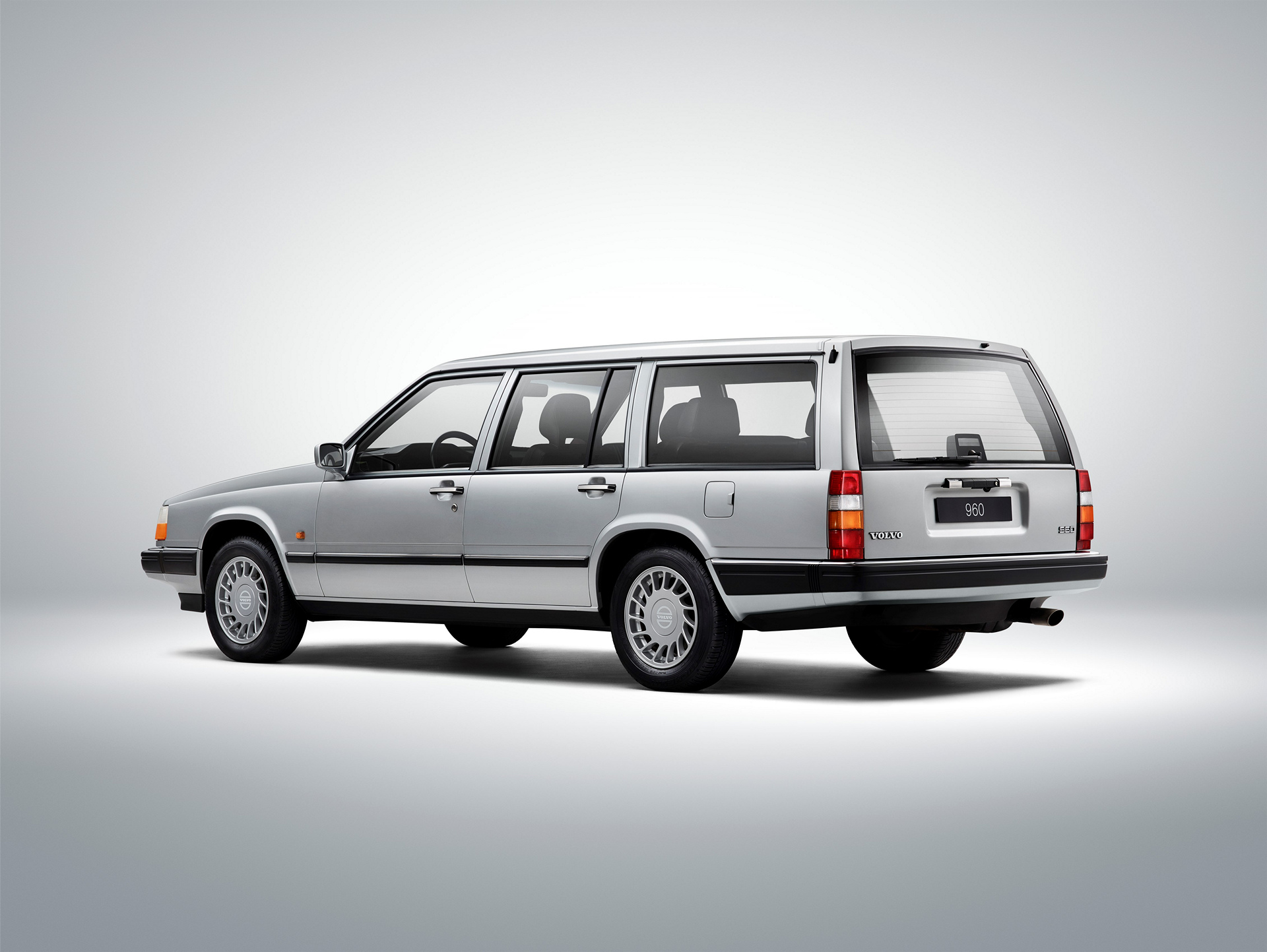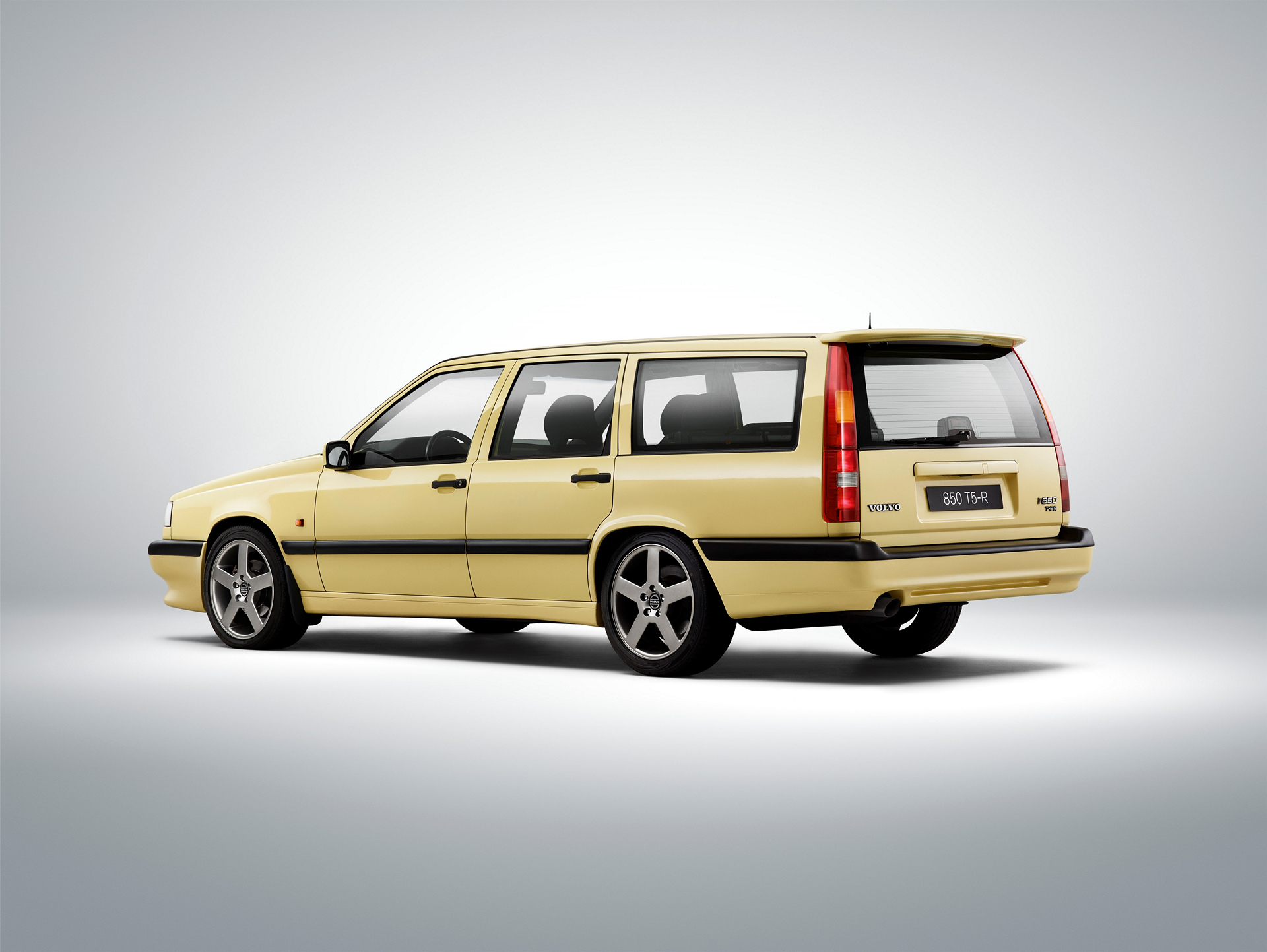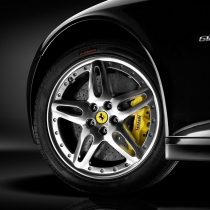Few car companies can claim the same pedigree as Volvo Cars when it comes to the design and manufacture of family wagons. That is why the news that Volvo will reveal its new V90 wagon on February 18 in Stockholm is so widely-anticipated and significant.
The V90 is a car that benefits from over 60 years of wagon building heritage that started with the Volvo Duett which was launched in 1953 – the first car to meet the combined needs of drivers’ active leisure time and practical professional lives.
Since that day, Volvo has sold more than 6 million wagons worldwide, representing around a third of the total number of Volvos sold since the company’s foundation in 1927, giving it a well-deserved reputation for designing and building the ultimate family wagons.
“We have provenance in the estate segment,” said Håkan Samuelsson, chief executive at Volvo Cars. “In many people’s minds we are known as the definitive estate brand. While the Volvo brand stands for much more than just wagon, we will proudly carry forward this rich heritage with the V90.”
The launch of the new Volvo V90 on February 18 is the latest chapter in this proud history.
Based on the same Scalable Product Architecture (SPA) as its XC90 and S90 siblings, the V90 is the wagon version of the widely acclaimed S90 sedan which was launched at the North American International Auto Show in January.
A selection of iconic wagon models have shaped Volvo’s history. These include:
Duett
Launched in 1953, the Duett went on to become one of the most loved models ever, was one of the first Volvos to be exported to the United States and it was immortalised in 1997 by getting its own Swedish postage stamp.
Amazon
The Duett was followed in 1962 by the Amazon, or the 221 as it was officially known.
The Amazon was a significantly more elegant and refined wagon than the Duett, which had its origins as a delivery van, while it also offered more space in the boot.
The S model, which offered a full 115 hp, was an incredibly sporty car by the standards of the 1960s. The boot door was an American-style two-split version – a solution that would return 40 years later on the original XC90.
1800 ES
A refresh of the 1800 sports coupe, the 1800 ES was known in England as a Shooting Brake: a sporty wagon with space for hunting gear or golf clubs in the back.
The 1800 ES was introduced in the autumn of 1971, and its most exciting feature possibly being the huge rear windscreen that had no bezel whatsoever. Hinges and handles were fixed directly to the glass, which was very modern in the early 1970s.
Since only a little over 8,000 1800 ES were built, it has become one of the most sought-after classic Volvo models. The 1800 ES was also a clear source of inspiration for the Volvo Concept Estate, launched at the Geneva Motor Show in 2014 as a precursor to a new family of Volvo wagons.
245
In 1974, the archetypal Volvo wagon car was launched: the 245 – a car still strongly associated with the brand. It remained in production for almost 20 years until 1993, and was also available in a more exclusive edition – the 265 with a V6 engine. The 1980s marked the launch of the 245 Turbo edition, the world’s first wagon with a turbo engine.
960
The Volvo 960 was the final rear-wheel-drive wagon produced by Volvo as a development of the 700 series from the 80s. It was introduced in 1990, featuring smoother body lines and a brand new 6-cylinder engine. In 1996, its name was changed to the V90 – a name that now returns exactly 20 years later. It was one of the most elegant wagons in Volvo’s history.
850 T5-R
With its intense yellow paint job, 240 horsepower and acceleration of 0-100 km/h in 6.9 seconds, the Volvo 850 T5-R was an wagon like no other ever seen before. Launched as a limited edition, model year 1994-only version of the 850, the T5-R became an instant collector’s item.
The Volvo 850 also caught the eye on the race track. It took Europe’s racing scene by storm in 1994 when it debuted in the prestigious British Touring Car Championship (BTCC) as the first factory-entered racing wagon.


